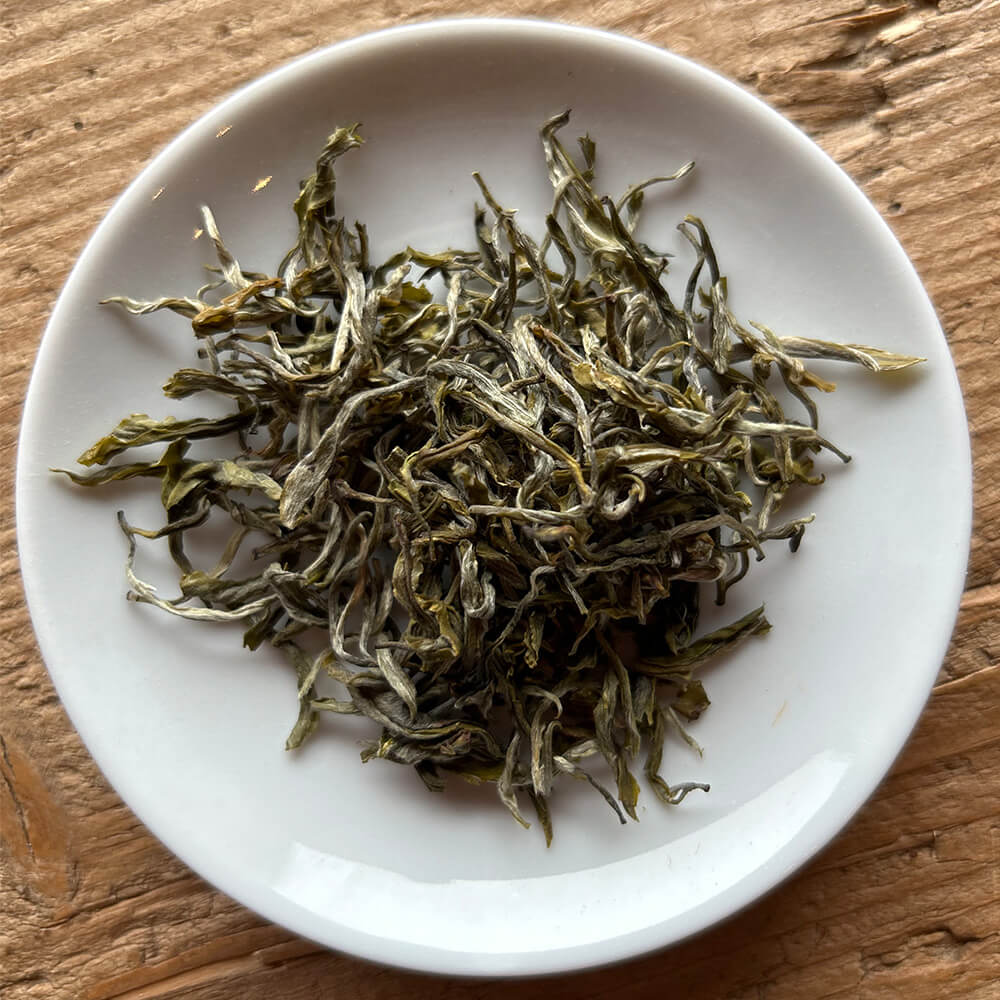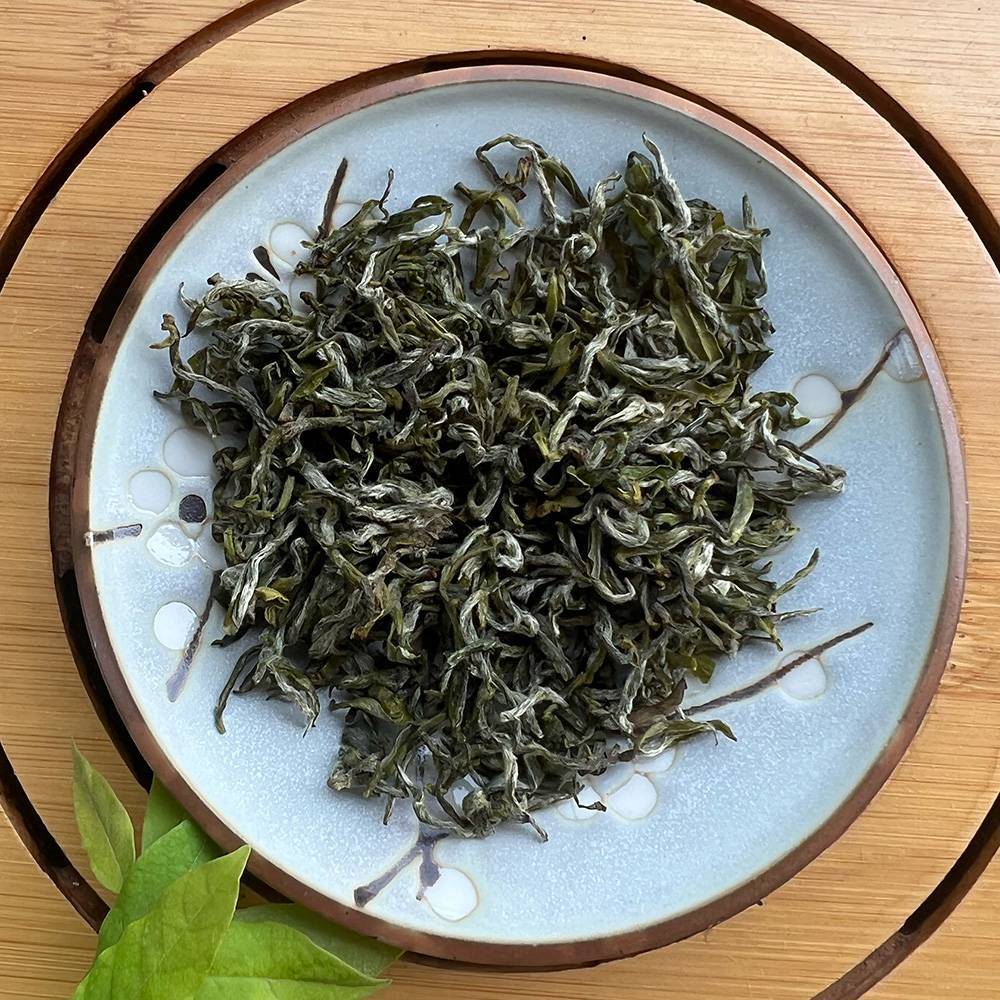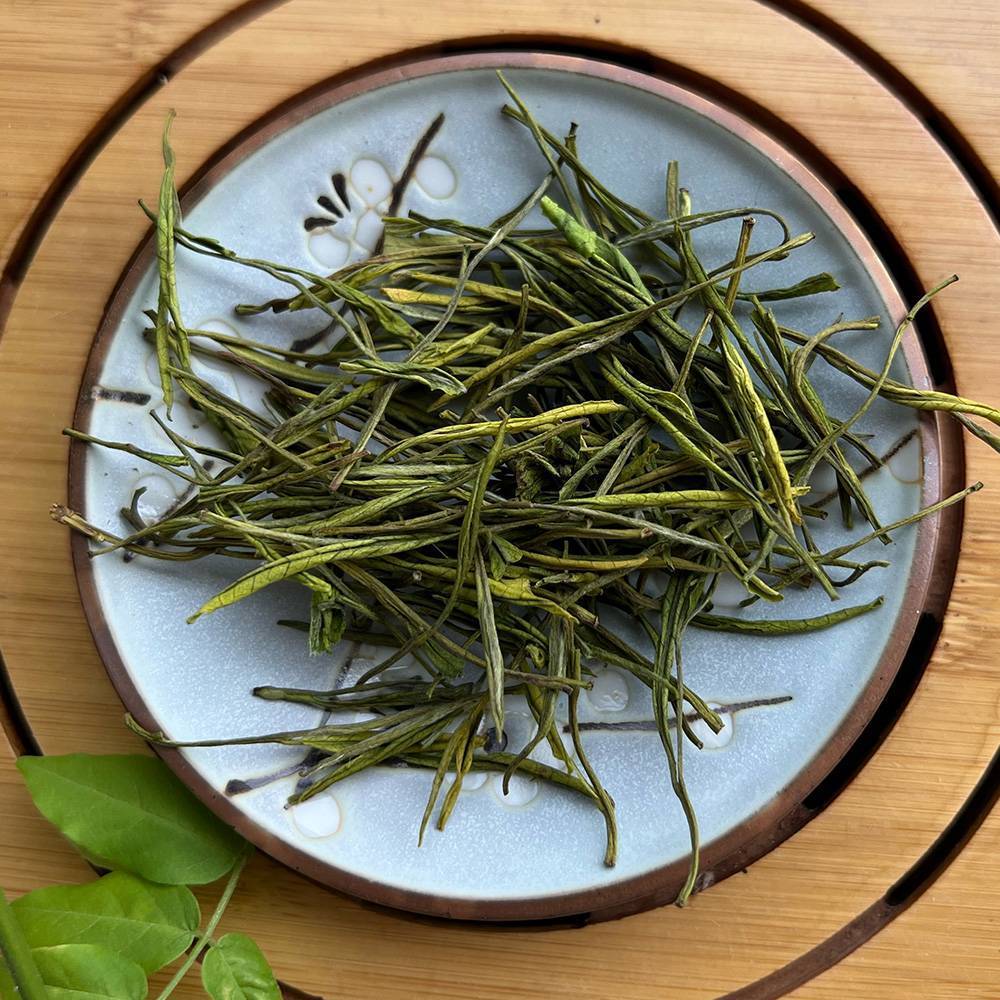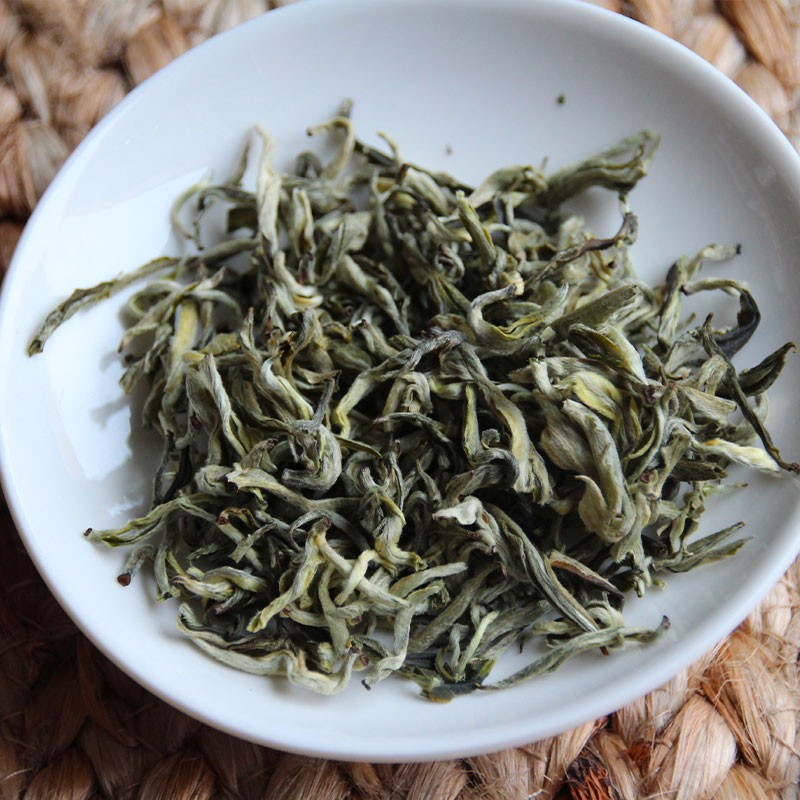tea and its surroundings, GONG FU CHA
The golden season of Chinese green teas
The days are getting cooler, the first buds and buds are sprouting all around us, and the sun is starting to set later and later-these are the clear signs of the arrival of spring, the season most awaited by Chinese green tea lovers.
Indeed, it is in spring that the harvesting of the best leaves begins in China, which will yield extraordinary products that are very well priced in the market.
Why is it that tea harvested in spring is considered the best?
The beginning of the spring season in China has always been a culturally important time, celebrated with great joy: it corresponds to the end of the difficult winter period and celebrates the return to life, light and warmth, with nature beginning to bloom and bear fruit again.
This moment of awakening obviously also involves the world of tea, which stopped during the cold months and now begins its life cycle again.
During the long winter period, the tea plant in fact remains as if in hibernation, dormant. It stores and accumulates within itself the energy needed to survive the cold, retaining all the nutrients and aromas that will later be concentrated in the first spring buds and shoots. Winter is also a difficult time for plant survival because it is poor in rainfall: the plant has to struggle to scrape together the nutrients it needs, which leads to a condition of stress and very slow growth.
It is these factors that determine the richness of the first tea that will be born from that plant in the spring: the antioxidants, amino acids, and essential oils contained in the leaves will be highly concentrated, and that is why the first crop is sweeter and more aromatic than a second- or third-harvest tea.


Looking at many spring green teas, such as the Mao Feng or the Meng Ding Gan Lu, one can also see that they are rich in buds, recognizable by the silvery-white velvet-like fluff that covers them. The bud is in fact the most delicate and vulnerable part of the plant, but also the richest and most aromatic: that fine silvery down that covers it, called bai hao or pekoe, has precisely a protective function, and defends the bud from insect attacks and weather events.


So we have seen the reasons that make spring-harvested green tea a high quality product: but have you ever wondered specifically what terms like “Pre Qingming” or “Early Spring” mean, which we often read on the packaging of teas that are considered top-of-the-line? These are important terms because they indicate a crucial factor in defining the fragrance and quality of those teas: the time when the leaves were harvested.
If next to the name of the tea you want to buy you therefore also find the term “Early Spring,” you can be sure that the harvesting of the leaves took place in the very early spring period. The tea will have a delicate, sweet and extremely elegant fragrance: teas of this kind, such as theAnji Bai Cha and the Zhu Ye Qing indeed present a very fresh and delicate character, tending to sweet and in some cases to floral or mild fruity.


The term “Pre Qingming,” on the other hand, refers to a harvest that takes place before the Qingming Festival (清明, literally “clear and bright”): this Chinese holiday, which usually falls between April 4 and 6, celebrates the end of winter and the arrival of spring light and warmth, with the return to life that the new season brings (we discuss it here). Teas harvested in the days before Qingming are therefore considered better, with a more delicate and refined fragrance and flavor than leaves from just later harvests such as Yuqian (“before rain” teas, referring to the rainy period between April 20 and the first week of May). These are fine teas, such as the Bi Luo Chun and the Long Jing, which are further elevated to unquestionable quality by this designation precisely because of the harvest period.


If you are a lover of sweet flavors, with the arrival of spring, you cannot fail to try green tea Snow Bud: this is a particular green tea from Yunnan, obtained from a very careful selection of small leaves and buds that privileges only the apical and younger buds, precisely to extract the aromas that are naturally concentrated in this part of the plant. Its unique taste, marked by a distinct sweetness reminiscent of honey, makes it almost resemble a white tea.
Have we intrigued you?
Discover our Chinese teas on promotion!





